Preventive Care
A preventive program is a cooperative effort by the patient, dentist, and dental staff to preserve the natural dentition and supporting structures by preventing the onset, progress, and recurrence of dental diseases and conditions. Preventing dental disease starts at home with good oral hygiene and a balanced diet. It is continued in the dental office by the efforts of your dentist and dental hygienist to promote, restore, and maintain your oral health. Prevention also includes regular dental exams, cleanings, and x-rays. Sealants and fluoride are also great preventive treatments that help protect the teeth.
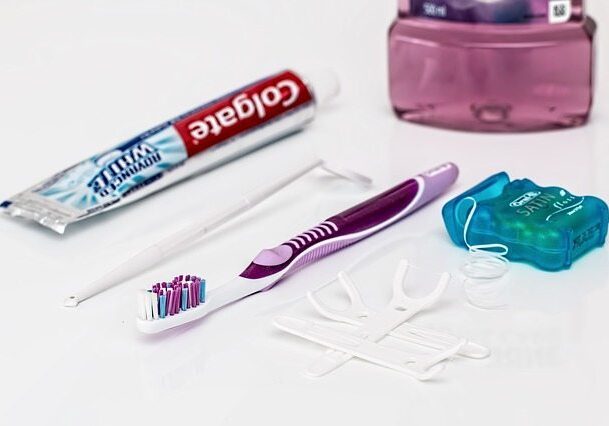
Hygiene/Periodontal Health
In addition to the meticulous cleaning, polishing, and examination of your teeth, we also take the time to help our patients develop proper oral hygiene habits at home. We will evaluate your hygiene techniques and make adjustments to your routine where needed. Dr. Cilderman may also make suggestions for preventative measures such as dental sealants or nightguards to protect against bruxism & TMJ. If we feel that you are suffering from gingivitis or more severe gum disease, we may recommend a root scaling or planing. These measures can be instrumental in preventing bone loss and helping you to keep your natural teeth.
Scaling and Root Planing
Scaling and root planing is a non-surgical procedure in which the dentist removes plaque and tartar from below the gum line. Root surfaces are cleaned and smoothed with specially designed instruments. It is important to remove the plaque and tartar from the pockets, because aside from the bacterial toxins that irritate the gums, plaque and the rough surfaces of tartar make it easier for bacteria to gain a foothold.
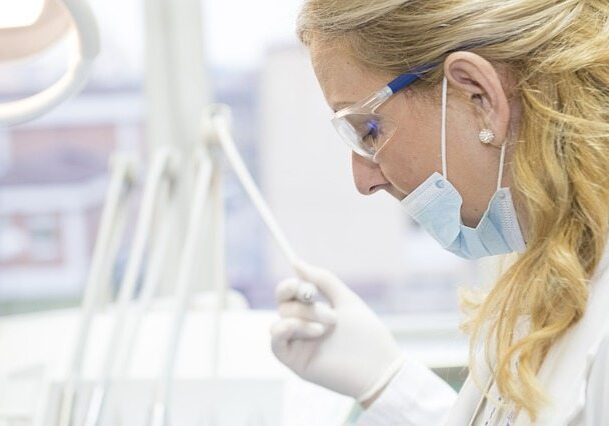
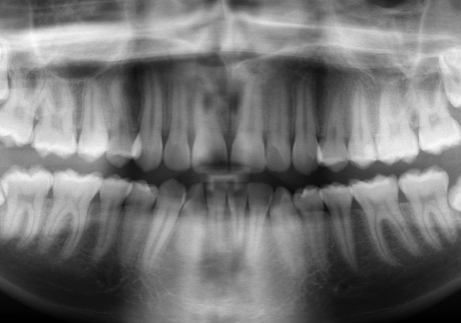
Digital X-rays
Digital radiography (digital x-ray) is the latest technology used to take dental x-rays. This technique uses an electronic sensor (instead of x-ray film) that captures and stores the digital image on a computer. This image can be instantly viewed and enlarged helping the dentist and dental hygienist detect problems easier. Digital x-rays reduce radiation 80-90% compared to the already low exposure of traditional dental x-rays.
Dental x-rays are essential, preventative, diagnostic tools that provide valuable information not visible during a regular dental exam. Dentists and dental hygienists use this information to safely and accurately detect hidden dental abnormalities and complete an accurate treatment plan. Without x-rays, problem areas may go undetected.
Dental x-rays may reveal:
- Abscesses or cysts.
- Bone loss.
- Cancerous and non-cancerous tumors.
- Decay between the teeth.
- Developmental abnormalities.
- Poor tooth and root positions.
- Problems inside a tooth or below the gum line.
- Detecting and treating dental problems at an early stage may save you time, money, unnecessary discomfort, and your teeth!
Are Dental X-Rays Safe?
We are all exposed to natural radiation in our environment. Digital x-rays produce a significantly lower level of radiation compared to traditional dental x-rays. Not only are digital x-rays better for the health and safety of the patient, they are faster and more comfortable to take, which reduces your time in the dental office. Also, since the digital image is captured electronically, there is no need to develop the x-rays, thus eliminating the disposal of harmful waste and chemicals into the environment. Even though digital x-rays produce a low level of radiation and are considered very safe, dentists still take necessary precautions to limit the patient’s exposure to radiation. These precautions include only taking those x-rays that are necessary, and using lead apron shields to protect the body.
How Often Should Dental X-Rays be Taken?
The need for dental x-rays depends on each patient’s individual dental health needs. Your dentist and dental hygienist will recommend necessary x-rays based upon the review of your medical and dental history, a dental exam, signs and symptoms, your age, and risk of disease.
Exams
Dr. Cilderman strongly believes that dental exams and prevention helps avoid serious and costly dental problems and is the key to having a healthy, confident, beautiful smile.
Oral Cancer Screenings
During your dental exam, Dr. Cilderman will check your neck and oral tissues for lumps, red or white patches or recurring sore areas. Screening for early changes in the oral tissue can help detect cancer at a stage when it can be more successfully treated. Smoking, especially combined with heavy alcohol consumption (30 drinks a week or more), is the primary risk factor for oral cancer. In fact, this combination is estimated to be the most likely trigger in about 75 percent of oral cancers diagnosed in this country. Other lifestyle and environmental factors also may increase your risk of developing oral cancer.
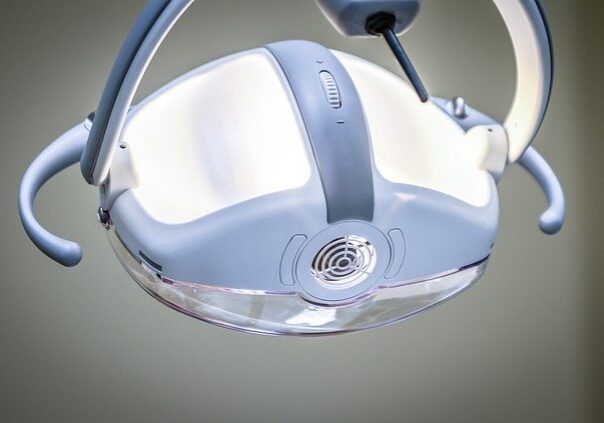
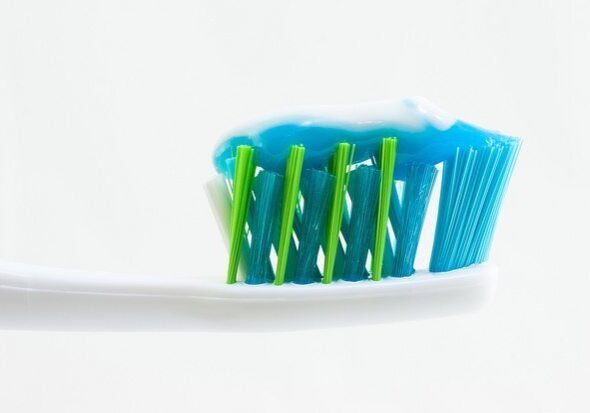
Home Care
A beautiful, healthy smile that lasts a lifetime is Dr. Cilderman’s ultimate goal when treating patients. Your personal home care plays an important role in achieving that goal. Your personal home care starts by eating balanced meals, reducing the number of snacks you eat, and correctly using the various dental aids that help control the plaque and bacteria that cause dental disease.
Brushing
Brush your teeth at least twice a day (especially before going to bed at night) with an ADA approved soft bristle brush and toothpaste. Place the brush at a 45 degree angle to the gums and gently brush using a small, circular motion, ensuring that you always feel the bristles on the gums. Brush the outer, inner, and biting surfaces of each tooth. Use the tip of the brush to clean the inside of the front teeth. Brush your tongue to remove bacteria and freshen your breath. Electric toothbrushes are also recommended. They are easy to use and can remove plaque efficiently. Simply place the bristles of the electric brush on your gums and teeth and allow the brush to do its job, several teeth at a time.
Flossing
- Daily flossing is the best way to clean between the teeth and under the gumline. Flossing not only helps clean these spaces, it disrupts plaque colonies from building up, preventing damage to the gums, teeth, and bone.
- Take 12-16 inches (30-40cm) of dental floss and wrap it around your middle fingers, leaving about 2 inches (5cm) of floss between the hands.
- Using your thumbs and forefingers to guide the floss, gently insert the floss between teeth using a sawing motion.
- Curve the floss into a “C” shape around each tooth and under the gumline. Gently move the floss up and down, cleaning the side of each tooth.
- Floss holders are recommended if you have difficulty using conventional floss.
Rinsing
It is important to rinse your mouth with water after brushing, and also after meals if you are unable to brush. If you are using an over-the-counter product for rinsing, it’s a good idea to consult with your dentist or dental hygienist on its appropriateness for you.
Other Devices
Use other dental aids as recommended by your dentist or dental hygienist: Interdental brushes, rubber tip stimulators, tongue cleaners, irrigation devices, fluoride, medicated rinses, etc., can all play a role in good dental home care.
